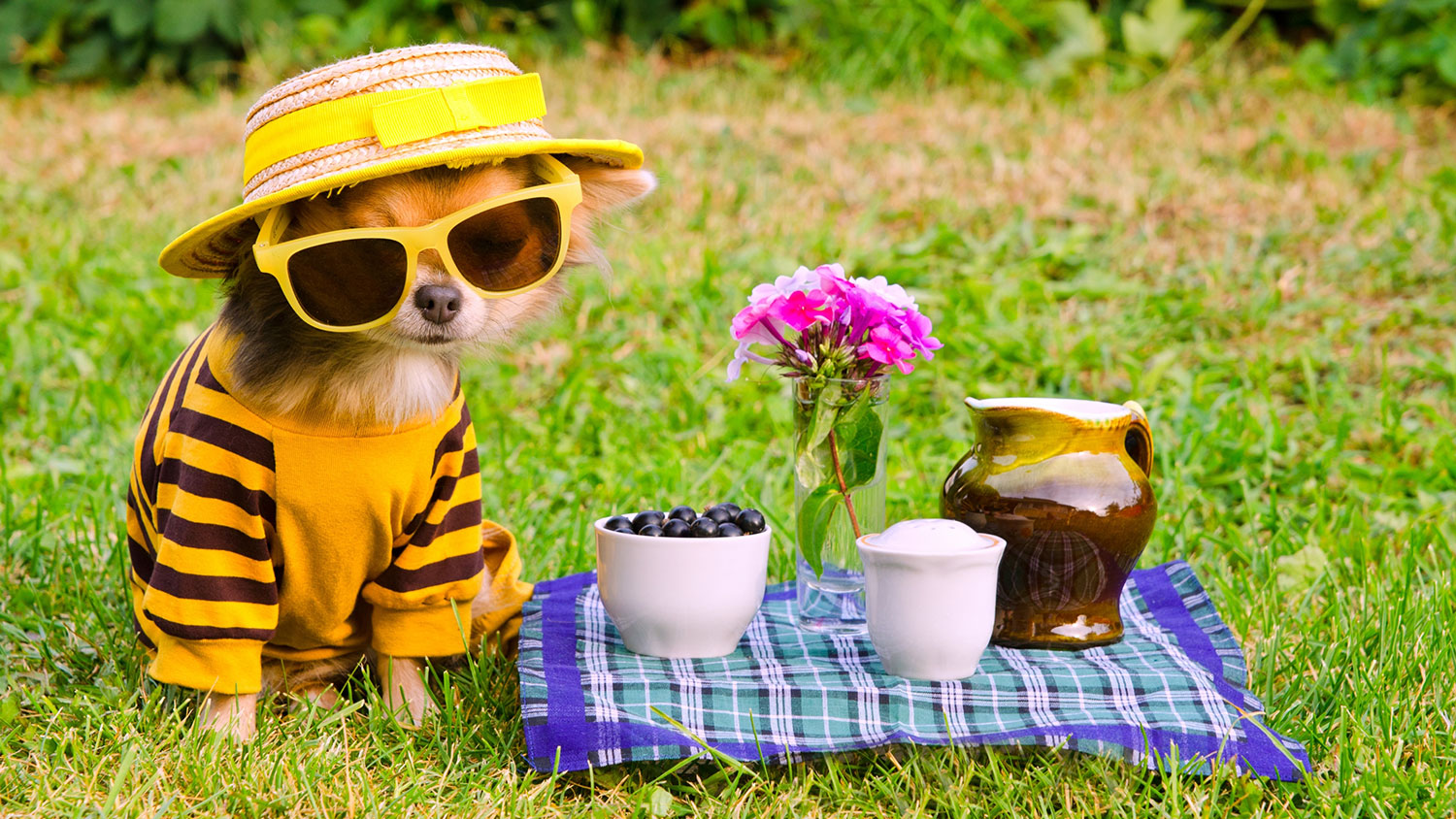Q. What do you recommend for “picnicware” or outdoor dishes? When I use my regular stoneware and glass dishes and serving pieces, I tend to drop and break too many of them. Optimally, I’d like something lightweight, relatively unbreakable, but dishwasher-safe. Is melamine the answer? What IS melamine, anyway?
Andrea F.
Nevada City, Calif.
A. Dearest Andrea,
Oh, how I love picnic season: the fresh air, the way everything tastes just a little bit better when served al fresco, the constant challenge of guarding your picnic basket from those wily bears. It’s a special time of year.
The perfect outdoor dishes, as you note, should be light and durable for easy toting. This is why so many people turn to disposable dinnerware, so I’m thrilled to hear you’re more interested in a reusable option to carry you through years and years of picnic spreads. Less waste equals more fun, I always say. You have a few options, in fact: Please sit down and have an organic lemonade as we take a look.
First up: that perplexing melamine. Melamine is an industrial chemical compound that goes into making things like plastics, whiteboards, adhesives, flame retardants, and those light, shatterproof dishes. Consuming the stuff straight can cause serious kidney problems, and it’s been the poison behind several scary contamination incidents, including tainted pet food that killed dogs and cats in 2007 and infant formula that sickened and even killed babies in 2008 (both concerned products coming out of China). But using melamine to make dinnerware is generally considered safe.
I hedge a bit because of a 2013 study out of Taiwan that found melamine leached out of one brand of soup bowls and into the test subjects’ urine. The researchers noted that this leaching varied by brand, so their findings shouldn’t be generalized to all dishes. And our own FDA advises that under normal conditions, only very trace amounts of melamine leach into certain foods, if any at all. But if this still freaks you out a bit, Andrea, know that there are other ways to stock your picnic basket.
Other types of plastics are still big in the outdoor-eating sphere, for all the usual reasons – their weight, their price, and the fact that you can drop them off a cliff and they’re none the worse for wear. Generally, I like to steer clear of plastics when there are other options available – they are derived from petroleum, after all – but it’s also a great idea to support a market for recycled plastic goods. So plastic dinnerware made from postconsumer recycled plastic may be a good choice for you: These plates are formed from old takeout containers, are BPA- and phthalate-free, and made from #5 polypropylene (the kind you often see in yogurt cups).
Some people would put any kind of plastic on the Uninvited to My Picnic list, right up there with ants, and for them we have some ideas, too. Like what? Like bamboo, for one, a fast-growing and sustainable crop that makes lovely plates, bowls, and utensils. Go for the reusable kind, often made from ground-up bamboo powder, rather than biodegradable-but-still-throwaway disposable options: They’re nice and light, tough, and some types are even dishwasher safe.
Or how about stainless steel? You can stock up on plates, cups, utensils, water bottles, and food containers fashioned from this ultradurable material, and though it’s heavier than plastic, stainless steel is still plenty travel-friendly. Or if you’re not into the shiny, futuristic look, enameled steel may be just the ticket. Buy them at a second-hand shop and skirt all of the impacts associated with manufacturing these things new.
Here’s to a season of bright lunches, romantic sunset dinners, and (why not?), sun-dappled breakfast picnics, Andrea. I may just wander outside myself for a little snack with a side of cool, fresh breeze right now.
Hungrily,
Umbra




